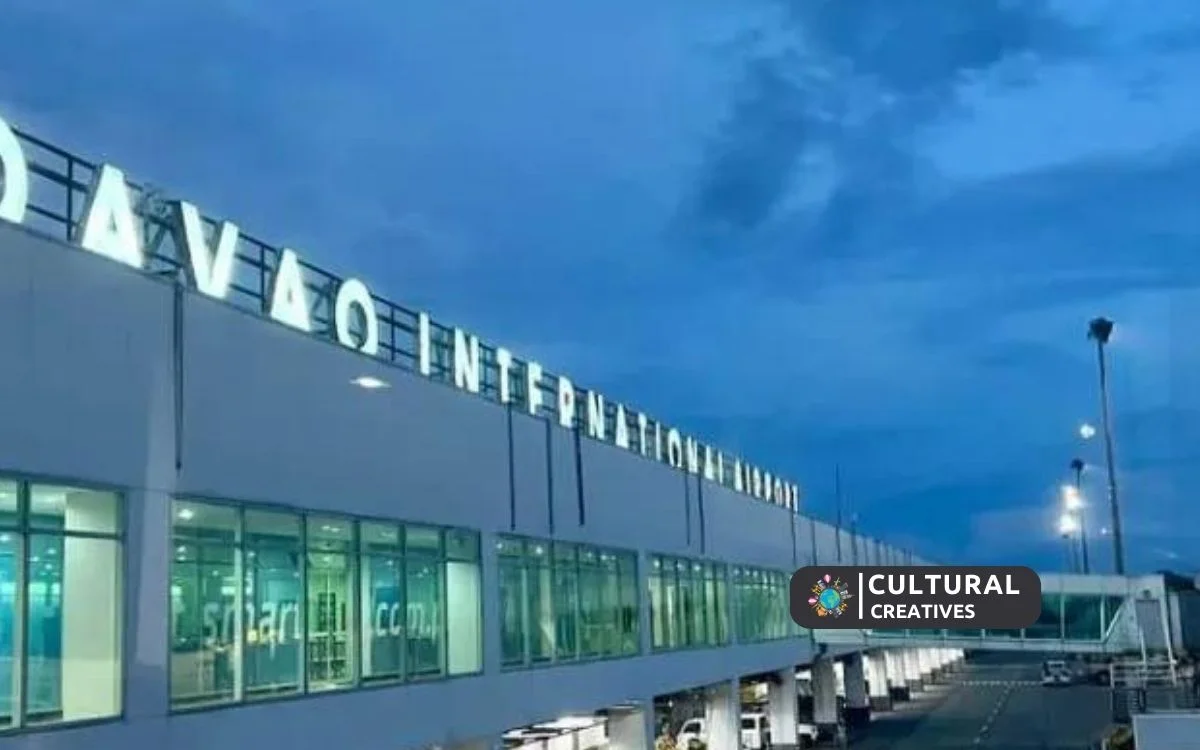Davao City has one major airport, Francisco Bangoy International Airport. Known commonly as Davao International Airport, it serves as the primary gateway to the city and surrounding regions.
This airport is a crucial hub for both domestic and international flights. With a modern infrastructure and facilities that manage numerous passengers annually, it plays a significant role in the region’s accessibility and economic growth.
Davao’s airport ensures travelers can easily reach this city, renowned for its multicultural heritage, natural attractions, and economic opportunities. Offering a range of services and connectivity options, Francisco Bangoy International Airport caters to the needs of various travelers, from tourists to business professionals.
Exploring Davao’s Air Gateway
Davao serves as a main entry point to Mindanao, with its airport infrastructure designed to connect both locals and tourists to this diverse region. Let’s start the journey through the airways that lead to and from Davao.
Davao International Airport: The Primary Hub
Davao International Airport, also known as Francisco Bangoy International Airport, stands as the chief airfield in Davao. It caters to a myriad of flights, both domestic and international. Passengers can expect modern facilities and services here. Beyond its terminals, you experience the heartbeat of Southern Philippines’ air travel.
- Location: Barangay Sasa, Davao City
- Facilities: ATM, Duty-Free, Restaurants
- Airlines: Cebu Pacific, Philippine Airlines, and more
Secondary Airfields And Their Roles
Davao region also houses secondary airfields. Though smaller, they serve crucial roles. They support tourism and local transport. Let’s look at some secondary airfields:
| Airfield | Role |
|---|---|
| Francisco B. Reyes Airport | Tourist access to Coron and Palawan |
| Malita Airport | Local transport and cargo services |
Navigating Davao International Airport
Davao’s Aviation History
Davao’s skies have seen a remarkable journey. A single airstrip has transformed into a hub. Today, the region boasts an international airport. This growth mirrors Davao’s progress and its rising global connections.
From Humble Beginnings To A Full-scale International Airport
Francisco Bangoy International Airport, the pride of Davao, started small. It served local flights within Mindanao. Rapid development led to its present stature.
The airport now welcomes flights from across world. It is equipped with modern facilities. Passenger comfort and safety standards are at par with global norms.
Historical Milestones In Davao’s Air Travel
- 1940s: The establishment of a modest airstrip.
- 1990s: Upgrade to handle international traffic.
- 2003: A new terminal opens its doors.
- Recent years: Further expansions to enhance capacity.
This snippet not only details the evolution of Davao’s airport but also highlights important dates and improvements made over the years, all written in an easy-to-understand language for broad audience appeal.
Impact Of Davao’s Airports
The impact of Davao’s airports extends far beyond the convenience of air travel. Davao, as a thriving hub in the Philippines, boasts a robust aviation infrastructure that plays a crucial role in the region’s growth. The presence and development of these airports have wide-reaching effects.
Boosting Tourism In The Region
Davao’s airports, particularly Francisco Bangoy International Airport, act as gateways for tourists. This international airport connects Davao to the world, with flights to and from several Asian countries and domestic destinations.
- Increased Accessibility: With direct flights, the region becomes a more attractive tourist destination.
- Enhanced Experience: Modern facilities provide visitors with a comfortable entry point to Davao.
- Diverse Attractions: Tourists can easily travel to see the Philippine Eagle, Mount Apo, and pristine beaches.
These factors together foster a positive image of Davao, inviting more travelers to the area.
Supporting Economic Growth
Airports in Davao are not just transit points but economic engines. They support local businesses and create jobs.
| Aspect | Impact |
|---|---|
| Job Creation | Direct employment in airport operations and ancillary services. |
| Business Growth | New opportunities for local and international businesses. |
| Trade Expansion | Efficient cargo transport catalyzes trade activities. |
Infrastructure development from airports leads to better roads and facilities. This, in turn, attracts investors and boosts the economy.
Future Of Air Travel In Davao
The Future of Air Travel in Davao is poised for a remarkable transformation. With a strategic location in the Philippines, Davao stands ready to enhance its connectivity and embrace the latest trends in aviation. These developments signal a new era for both tourists and business travelers alike.
Upcoming Projects And Expansions
Davao’s aviation scene is set to reach new heights. Key infrastructure projects aim to increase capacity and improve experiences for passengers. The following are vital developments:
- New Terminal Buildings: To cater to growing traffic.
- Runway Upgrades: For larger aircraft and more flights.
- Transport Links: Better access to and from the airport.
The Role Of Technology And Sustainability
The integration of cutting-edge technology with sustainability initiatives is a priority. These efforts include:
| Technology | Sustainability |
|---|---|
| Smart security systems | Solar power installations |
| Efficient check-in solutions | Water recycling plants |
| Real-time flight info apps | Green building certifications |
With these strategies, Davao’s airports are set to redefine air travel with a balance of innovation and care for the environment.
Conclusion
Exploring Davao’s airports reveals a hub of connectivity catering to diverse travel needs. Whether arriving for leisure or business, the city’s air transport facilities stand ready to welcome you. Remember, the Francisco Bangoy International Airport is your gate to the region’s wonders.






